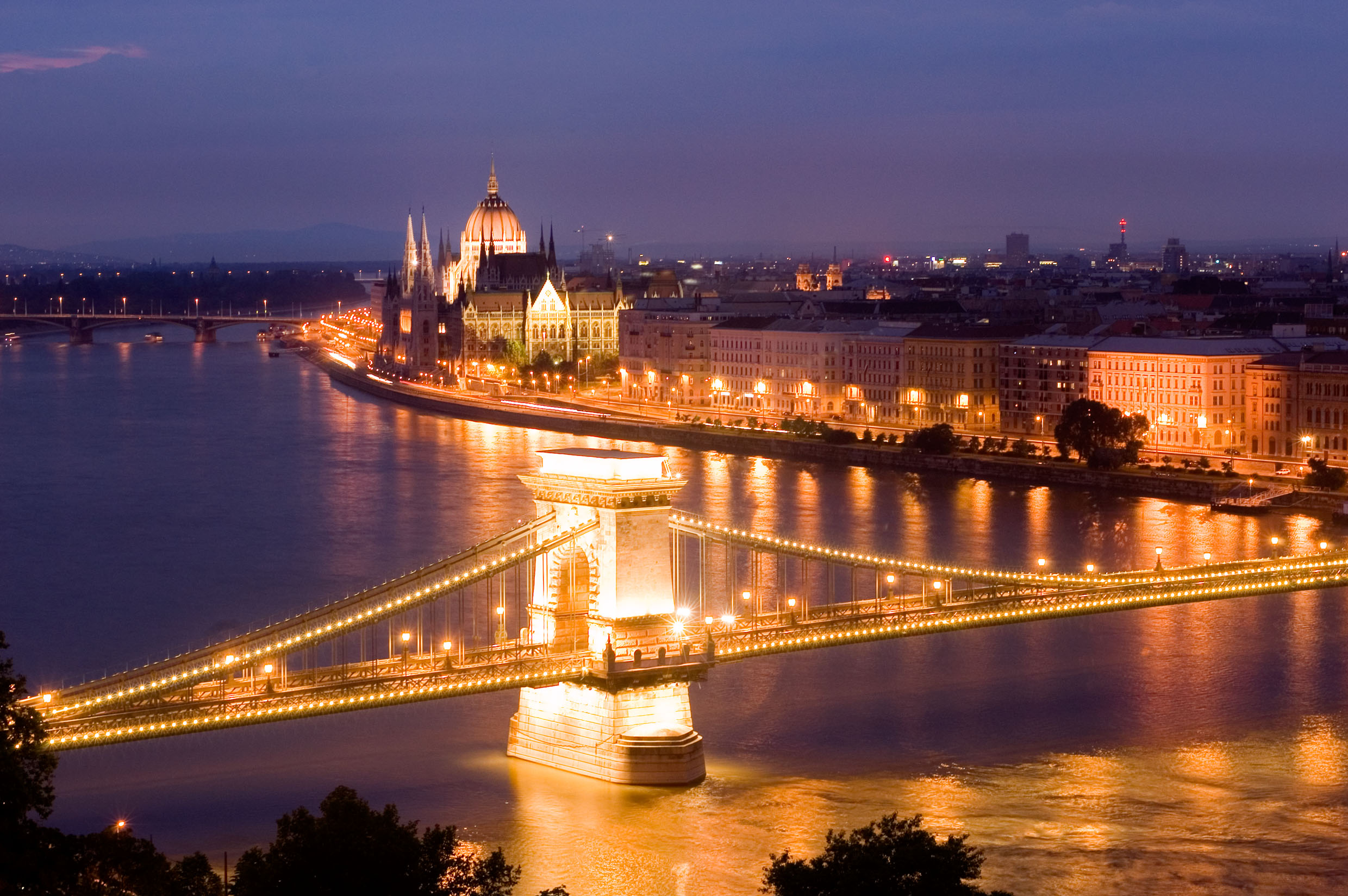Location

Few European cities can rival Budapest’s glorious setting astride the Danube river.
Budapest (Hungarian pronunciation approximates to “boo-dah-pesht”) is the capital city of Hungary.
Its two sides, Buda and Pest, were separate cities until 1873, and they retain their own distinct identities, the former run through with ancient history, the latter noisier, earthier and more cosmopolitan. In Buda you’ll find royal palaces, Ottoman-era spas and wooded hills, while over in Pest you can pore over a clutch of fine museums, fantastic art nouveau buildings and a resurgent Jewish quarter.








With a unique, youthful atmosphere, a world-class classical music scene as well as a pulsating night life increasingly appreciated among European youth and, last but not least, an exceptionally rich offering of natural thermal baths, Budapest is one of Europe’s most delightful and enjoyable cities. Due to its scenic setting and its architecture it is nicknamed “Paris of the East”.
Budapest, Hungary’s capital, is bisected by the River Danube, and the 19th-century Chain Bridge connects its hilly Buda district with flat Pest. A funicular runs up Castle Hill to Buda’s Old Town, where the Budapest History Museum traces life from Roman times onwards. Trinity Square is home to 13th-century Matthias Church and the turrets of the Fishermen’s Bastion, which offer sweeping views.
At any time of year, Budapest has myriad charms, but nothing beats gazing out across the broad sweep of the Danube from the Castle District on a sultry summer’s evening.





